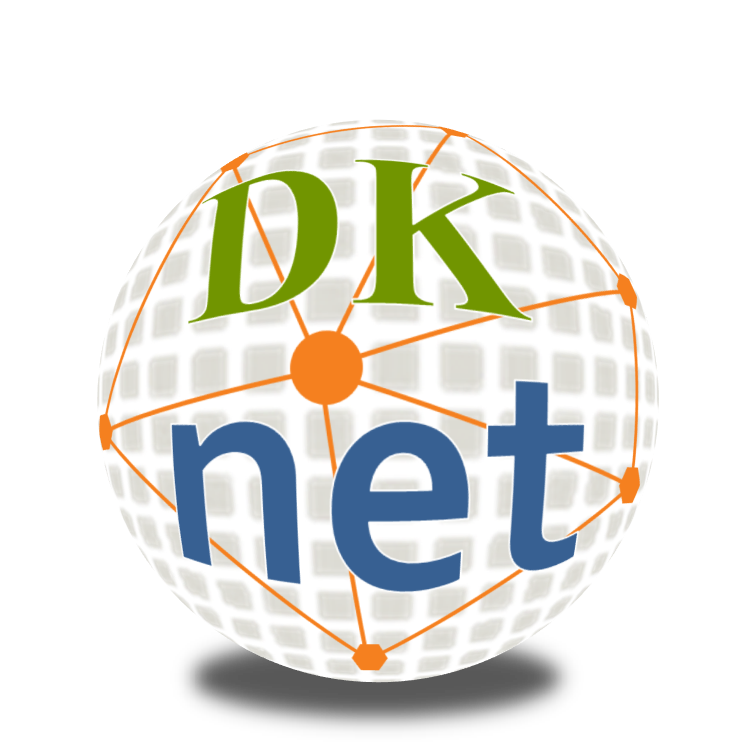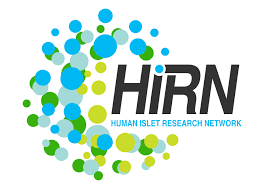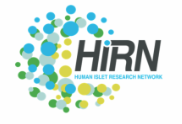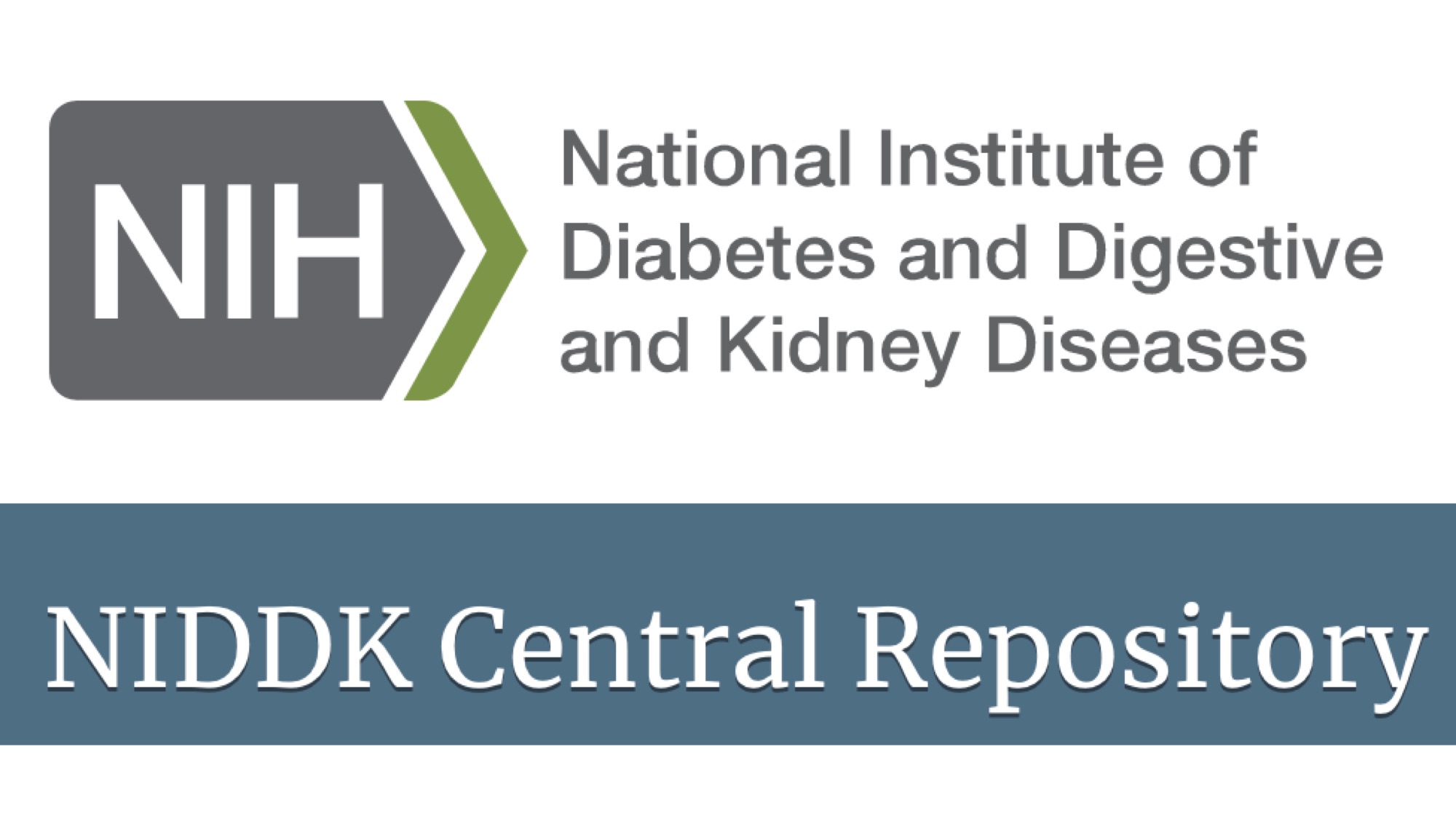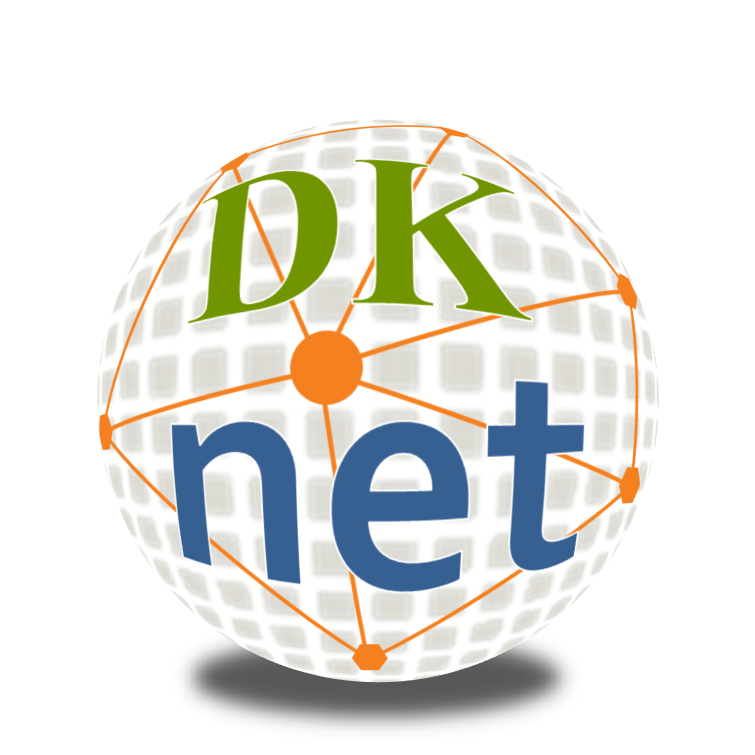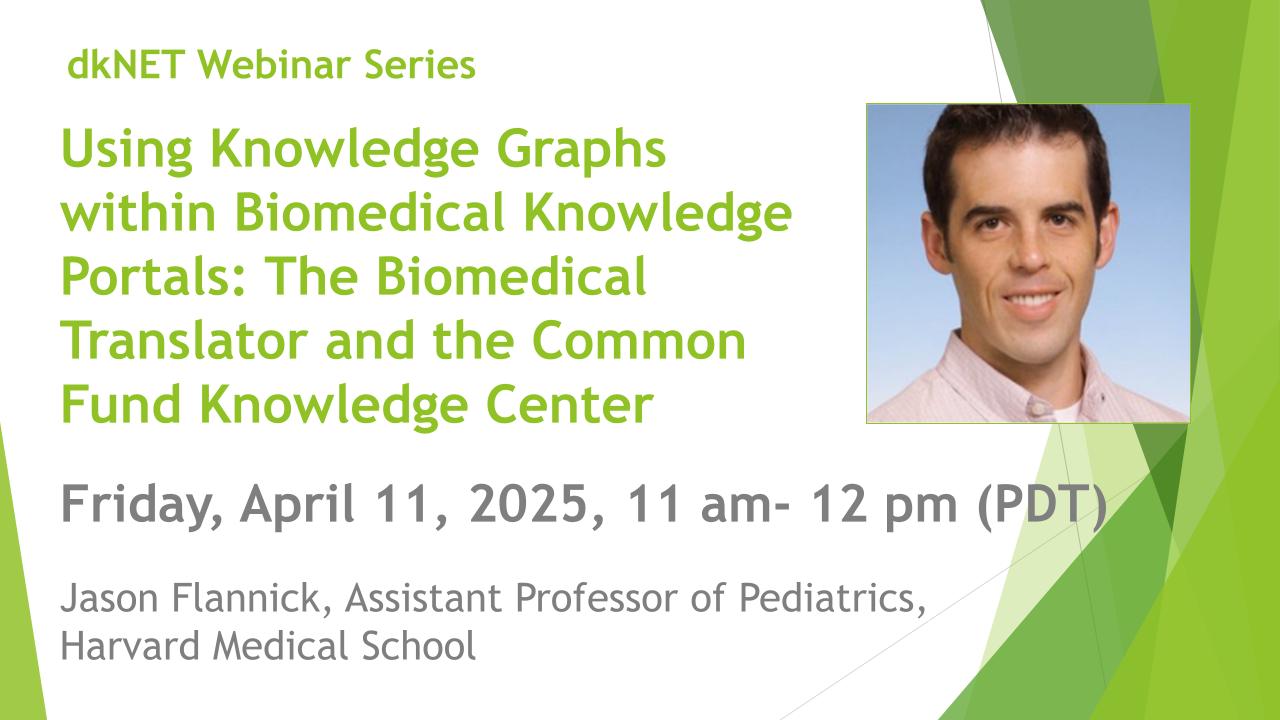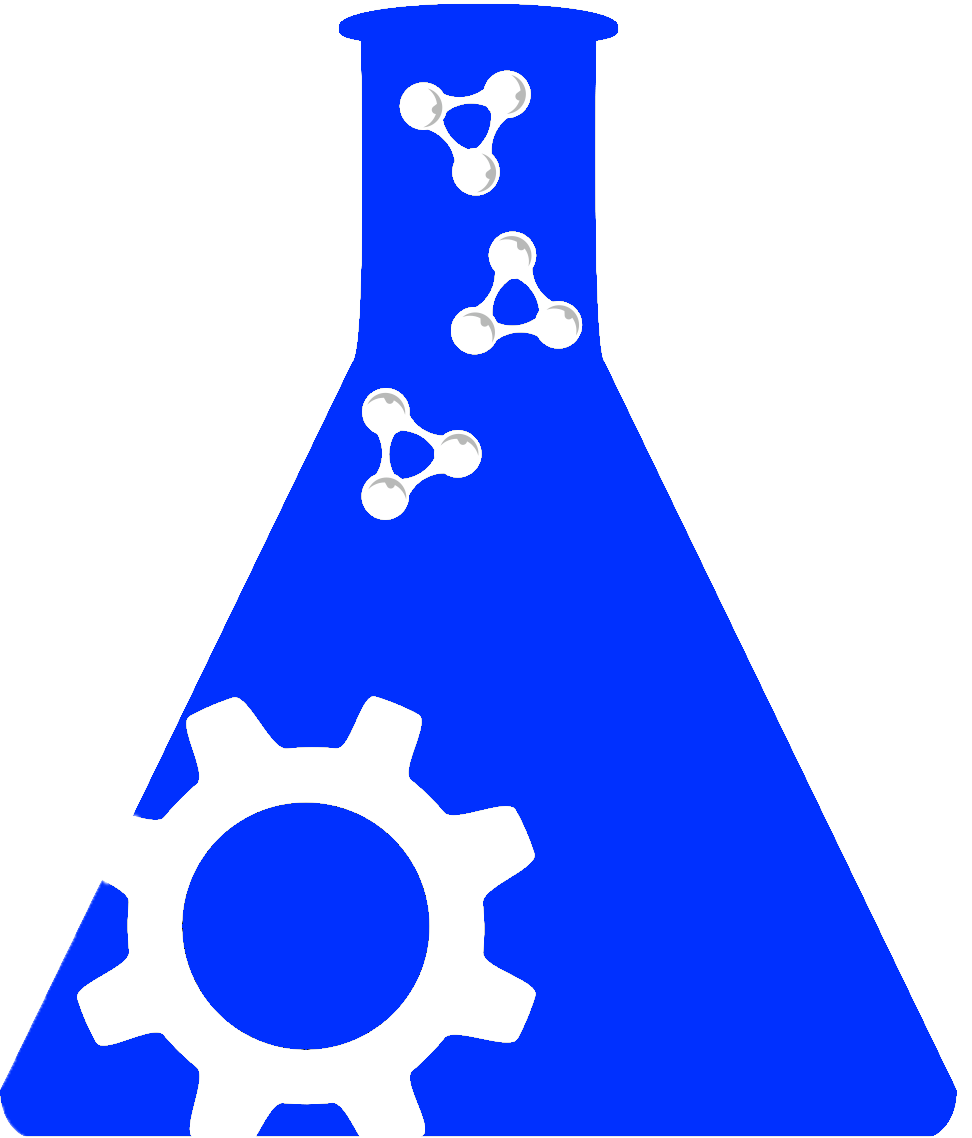Leaving Community
Are you sure you want to leave this community? Leaving the community will revoke any permissions you have been granted in this community.
New NIDDK Funding Opportunity: Human Islet Research Network (HIRN) Pancreas Knowledgebase Program (PanKbase)
NIDDK announced a new funding opportunity "Human Islet Research Network (HIRN) Pancreas Knowledgebase Program (PanKbase) (U24 - Clinical Trial Not Allowed)". Letter of Intent Due Date: February 28, 2023. Application Due Date: March 31, 2023. An information webinar will be hosted by NIDDK (Date will be announced in October).
Here is the information from the NIDDK:
"Human Islet Research Network (HIRN) Pancreas Knowledgebase Program (PanKbase) (U24 - Clinical Trial Not Allowed)
Funding Opportunity Purpose
This Funding Opportunity Announcement (FOA) invites applications to develop a centralized resource of the human pancreas for diabetes research that will provide access to deeply curated high-quality datasets, knowledge in computable forms, and advanced data science tools and workflows; and enable open and reproducible multidisciplinary collaboration toward accelerating biomarker and therapeutic target development. The program will become a component of the Human Islet Research Network or HIRN (https://hirnetwork.org/).
Key Dates
Letter of Intent Due Date: February 28, 2023
Application Due Date: March 31, 2023
Pre-Application Webinar Date: December 6, 2022, 1 - 2:30 pm ET. (https://grants.nih.gov/grants/guide/notice-files/NOT-DK-22-033.html)
Funding Opportunity Description
Background
Knowledgebases that maintain deeply curated datasets, and allow users to access, reuse and integrate such resources, have become critical enablers for biomedical research. In addition, because of the complexity of biological systems, the research community is increasingly dependent on knowledge stored in computable forms, as exemplified by knowledgebases of ontology, pathways, interactomes, and other domain-specific ---processed information. Furthermore, modern knowledgebases employ advanced data science technologies such as semantic technology, Natural Language Processing (NLP), and Artificial Intelligence and Machine Learning (AI/ML). These advances have increased knowledgebase efficiency, scalability and interoperability, and make them essential resources for the research community at large.
In the past decade the research community has generated a growing collection of high-quality heterogenous data types describing human pancreata collected from both normal healthy donors and donors living with diabetes. Contributors to this acceleration in data collection include consortia belonging to the Human Islet Research Network (HIRN) and its Human Pancreas Analysis Program (HPAP), and several other NIDDK-supported programs including the Integrated Islet Distribution Program (IIDP). Relevant data are also being generated by programs supported by other agencies, such as The Network for Pancreatic Organ Donors with Diabetes (nPOD) that is supported by the Juvenile Diabetes Research Foundation (JDRF) and the Helmsley Charitable Trust; as well as from individual investigators. These complex datasets are a rich source of (largely hidden) high resolution, high depth information about the molecular and cellular composition of the pancreatic islet cellular environment, the way cell types and subtypes interact in this environment, and the events regulating basic pancreatic function and dysfunction. Although data repositories already exist (such as the PancDB, Pancreatlas), much of the data remains extremely under-interrogated.
In addition to the datasets, the diabetes research community has also accumulated extensive, though often fragmented, processed information about the pancreatic islet niche in healthy and diabetic individuals. This includes knowledge about cell types and molecules, signaling pathways and regulatory programs, as well as the molecular interaction networks and tissue cross talk that are involved in disease pathogenesis. While such knowledge remains largely scattered in the literature, it is possible that once retrieved, compiled, and curated into machine-readable and actionable forms, they may be integrated to formulate novel hypotheses and theories, and incorporated to guide new approaches to data analysis and modeling.
To facilitate utilization and integration of important data and knowledge, and foster innovations within the diabetes research community, a centralized resource focused on the human pancreas that will provide openly accessible, high-quality deeply-curated data, computable knowledge, and advanced analytical tools is needed. Such a resource will enable bench molecular biologists to analyze, visualize and interpret their research results; data scientists and bioinformaticians to develop novel approaches for data mining and knowledge discovery; and systems biologists to build predictive mechanistic models of normal and disease pathways for biomarker and drug target discovery.
Scope and Objectives
This initiative will support the creation of a human Pancreas KnowledgeBase (PanKbase) program. The overarching goals of the program will include: meeting community needs for accessing essential data, knowledge and tools; fostering cross-disciplinary collaborations; promoting Rigor and Reproducibility (R&R) in research; and driving innovation, discovery and paradigm shifts toward biomarker and therapeutic target development. The program will play a key role in organizing, representing, standardizing and disseminating data and resources focused on the human pancreas. PanKbase will become a new component of the Human Islet Research Network or HIRN (https://hirnetwork.org/).
The program will be led by a Multi-PD/PI team that seeks to cross boundaries of interdisciplinary collaboration by bridging fields and linking theory and data analysis to domain knowledge and experimental designs. The leadership will include at least one computational biologist and one islet biologist with extensive experience of human Type 1 Diabetes (T1D) pathogenesis. The team should have a demonstrated track record of developing community resources such as biomedical data repositories and knowledge portals, expertise in modern data science technologies and platforms; deep appreciation of the important research questions in diabetes especially in T1D; and experience in outreach to research communities by effectively communicating and engaging with scientists from diverse backgrounds.
More specifically, the program will be responsible for developing and maintaining a centralized, openly accessible, comprehensive resource of the human pancreas for the diabetes research community, with the following major components.
Database
This component will assemble and maintain a core set of deeply curated and annotated high-quality data and meta data of the human pancreas, from both normal donors and donors with diabetes at various stages of the disease, with a primary focus on Type 1 Diabetes (T1D). Anticipated data types will include multi-omics data, spatial omics and single cell data, deep phenotyping, imaging, physiological and functional measurements, and clinical information about tissue donors.
It will define and maintain cellular atlases and molecular signatures of major cell types found in the human pancreas at different stages of T1D, from normal to stage 3. These will include cell types from all relevant tissue compartments (including endocrine, exocrine, ductal, immune, vascular and neuronal). Efforts to define the human pancreas- and diabetes-specific atlases and signatures will maximally leverage other, more broadly-focused, efforts, including the NIH common fund programs such as the Human BioMolecular Atlas Program (HuBMAP), the Cellular Senescence Network (SenNet) Program, international community efforts such as the Human Cell Atlas program, and the benchmarks that they have developed such as the Tabula Sapiens, to help define normal references.
This component will assemble and maintain a collection of domain knowledge in computable forms, such as curated pancreas cell-specific and T1D-specific gene and protein networks, protein complexes, pathways and interactomes; as well as other knowledge of human pancreas structure, function and physiology. It will maximally leverage existing general-purposed knowledgebases of pathways and interactomes (such the KEGG pathway database, the Gene Ontology, and the Reactome). These programs typically focus on molecular relationships shared across most human tissues, under a range of different physiological and pathological conditions, which can serve as normal references.
This component will also include an internal reference database that consolidates information from external data repositories where relevant exiting datasets are housed. It will maintain data types harmonized, interoperable, and ready for AI/ML applications.
A library of analytics
Analytical tools that are relevant to the utilization, integration and interrogation of the core PanKbase datasets and computable knowledge, will be collected and hosted. These can include (but are not limited to) tools for knowledge extraction from data, deep curation and annotation of data, integrated analysis of complex and heterogeneous data sets, representations of scientific concepts, and creative tools for visualization and reporting. The library will maintain dynamic links to software tools repositories such as GitHub and Bioconductor, and will maximally leverage and reuse existing tools.
The library will also develop, host, and share advanced data modeling workflows for predictive and mechanistic modeling of novel biological insights and new testable hypotheses using PanKbase datasets. Initially it will focus on use case workflows that are designed to answer research questions regarding T1D initiation. Examples include but are not limited to: the triggering events of ?-cell destruction in T1D; the perpetuating nature of disease initiation and progression; the interactions and cross talks between cells in the islet tissue niche, including endocrine, immune, and other cell types; the interplay between pro-inflammatory and immune regulatory pathways; and the immune checkpoints. Answers to these questions are important for developing next-generation biomarkers, including composite biomarkers, that catch the initiation and early progression of disease, and for developing effective prevention and early therapeutic interventions.
An open science platform
The platform will allow users to query, annotate, aggregate, visualize, and integrate data and knowledge from PanKbase’s database and library, through a user-friendly web interface. It will allow investigators to select and combine datasets of interest, assemble data analysis workflows using embed tools from its library, customize the tools and the workflows if needed, run analysis, and save and share their analysis instances. The PanKbase will maintain an inventory of analysis results of its datasets. Others can potentially rerun the same exact analysis of the same dataset, and reproduce the findings; or adopt/modify the workflow for new analysis.
PanKbase will take advantage of modern data science technologies to enhance performance and improve efficiency; to provide the knowledgebase content in novel ways that are informative, efficient, and intuitive to users; and to ensure that the platform will scale efficiently and sustainably with both the growing data volume and complexity. Such technologies can include but are not limited to, natural language processing (NLP), semantic technology, Artificial Intelligence and Machine learning (AI/ML), and Deep Learning (DL).
The platform will be in cloud and friendly for AI/ML applications. The knowledgebase will use community standards and ontologies for data, metadata and tools, and include a scheme to assign persistent unique identifiers to track all resources, and to promote sharing, FAIR practice, and R&R.
Community & stakeholder outreach and engagement
The diabetes research community and stakeholders will be engaged to contribute domain knowledge, data, and analytical tools and workflows, and to participate in curation and annotation. Additionally, the community will be recruited to assist in deciding the scope, functional features, standards and performance metrics of PanKbase. A NIDDK research community-based scientific advisory board will be formed, to ensure knowledgebase performance in meeting defined needs. While plans to invite and support sub-awards that may augment program outreach or collaborative functions, including the recruitment of community contribution, are not requested in this funding opportunity announcement, additional funds may be made available at a later time to support and expand these types of collaborative activities.
Partnerships with other NIDDK funded programs.
PanKbase will work closely with the other programs and the research consortia of the HIRN, most importantly, the Research Enhancement Center (HIREC), and the Human Pancreas Analysis Program (HPAP). These partnerships will be important for data compilation, curation and annotation, and meta data development; for collecting and curating domain knowledge; and for testing and validating novel predictions coming out of collaborations and data analyses enabled by PanKbase. PanKbase will collaborate with other NIDDK programs that may host data types of, or related to, normal and disease human pancreas, such as the IIDP, the Environmental Determinants of Diabetes in the Young (TEDDY) and the Accelerating Medicines Partnership-Common Metabolic Diseases (AMP-CMD) knowledge portal. Other programs to collaborate with may also include the NIDDK information network (dkNET). PanKbase may work with dkNET on tracking and sharing data and resources, development of persistent unique identifiers for digital objects, community outreach and engagement, workforce development, and FAIR and R&R.
See Section VIII. Other Information for award authorities and regulations.
Xujing Wang
National Institute of Diabetes and Digestive and Kidney Diseases (NIDDK)
Telephone: 301-451-2862
Email: xujing.wang@mail.nih.gov
Ann A. Jerkins, Ph.D.
National Institute of Diabetes and Digestive and Kidney Diseases (NIDDK)
Telephone: 301-594-2242
Email:ann.jerkins@nih.gov
Craig Bagdon
National Institute of Diabetes and Digestive and Kidney Diseases (NIDDK)
301-594-2115
Source and more information: https://grants.nih.gov/grants/guide/rfa-files/rfa-dk-22-018.html
